Transportation cost experts delivered a withering critique of Canada’s performance in delivering major transit projects during a recent Toronto transit summit, with one speaker suggesting the city’s former reputation for delivering major builds on time and on budget is long lost.
Criticisms ranged from over-designed projects and rigidity in the workforce to lack of standardization in project testing and a culture of fear that leads to constructors padding bids to minimize the risk of going over budget.
The result is extravagant stations that reach seven storeys deep and Ontario residents being forced to pay $70 billion for major transit projects that are only a $35-billion value, suggested , a transportation researcher and journalist. Four years ago he about transit budget creep to the .
“We have a crisis here, and it’s largely being ignored,” said Wickens.
“The pockets are not bottomless. The taxpayer is eventually going to freak out, and their willingness to support projects when we’re clearly mismanaging them is going to wear thin.”
Show Us the Money
Wickens was one of four panellists speaking on the theme Show Us the Money during the Sept. 4 hosted by .
Another presenter, fellow at the at NYU, has been working on the Transit Costs Project for three years and said the problem is not confined to Canada, although Canada has a special set of problems and it’s worse than its G7 peers.
“I have a very blunt statement of where we are with construction costs in Canada,” said Chitti. “In Canada, we have a construction cost problem. A big one that is getting bigger by the day.”
Wickens has determined the cost of the 15.3-kilometre Ontario Line across Toronto will now likely exceed $1 billion per kilometre, as will the cost of the 7.8 kilometre Scarborough Subway Extension. Those per-kilometre costs are significantly higher than recent tramway and metro projects in France and Italy, Chitti said.
The capital cost premium of Canada is a multi-layered problem, said Chitti.
At each level of design, much more than in peer countries, budgets are padded with many contingencies including procurement risk provisions.
Canada has higher background costs for construction inputs, notably for labour, with higher salaries, but also lower labour productivity, resulting in higher unit costs, Chitti has found, and there’s lack of standardization, increasing marginal costs.
Canada digs more, wider and deeper tunnels, and there’s also stricter interpretation of fire safety standards (NFPA 130), bigger stations built with more expensive techniques, and more land acquisition at higher costs.
“We have bigger stations…because we don’t know if in the future, we’ll have 20 or 30 or 40 bus lines transferring at that specific station,” Chitti said. “More land acquisition, because we don’t want to disrupt the street. So we build on the side, we have more expensive digging techniques because we don’t want to have surface disruption and so on.”
In the past 10 years there has been a multiplier at each level of the design budgets, he said, “getting more and more added with all sorts of contingencies.”
Alone among its peers, Chitti said, Canada has not adopted a standardized methodology for testing projects.
“Each city established the way they are going to test and commission their own transit. So that’s quite staggering,” he said, calling Canada’s system “bespoke.”
Wickens said the cost of subway building was roughly flat right through the 20th century, but it started rising with the Toronto Shepherd Line, when tunnel boring machines were heavily used. In 2015, the TTC was removed as builder.
“We brought in Metrolinx and Infrastructure Ontario, and immediately the cost per kilometre doubles,” said Wickens.
Minimize use of tunnels
Wickens wrote in his 2020 paper that project planners should minimize the use of tunnels and keep tunnels as shallow as possible; plan for and protect transit corridors; increase the focus on openness and transparency; and scale back design of stations.
A third panellist, transport economist , suggested Canada adopt project evaluation protocols developed at the World Bank, where he once worked.
“You have to have staff and administrative support to do it. You have to do the reports in a timely way,” said Denning, suggesting the process could be overseen by the provincial Ministry of Finance.
“Did you satisfy that original development objective? I think we should commit to doing this sort of thing.”
A fourth panellist, , assistant deputy minister at the Ontario Ministry of Transportation, attributed rising project costs to supply chain issues, inflation and the workforce shortage.
He said the original $10-billion cost cited for the Ontario Line was related to construction alone and did not include the cost of borrowing and of operating and maintaining the system among other costs.
It was like comparing “apples and oranges,” said Fung.
Follow the author on X/Twitter @DonWall_DCN


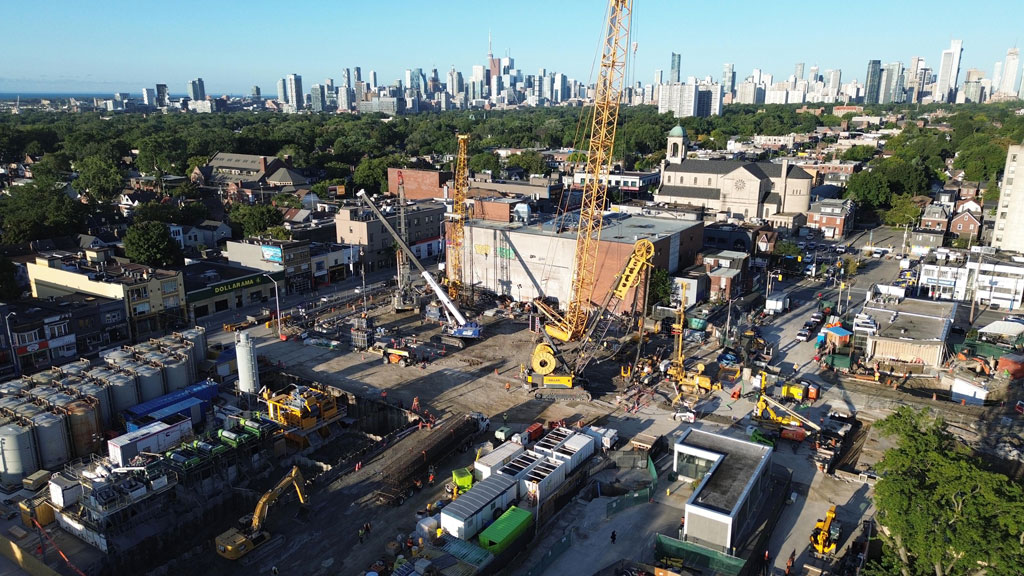
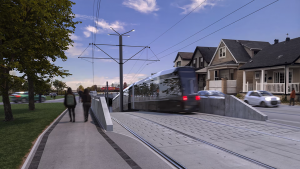

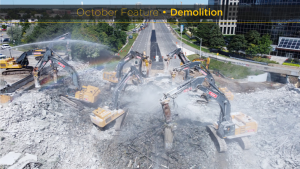

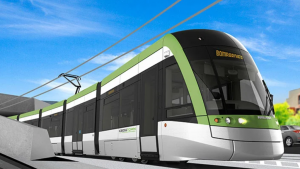

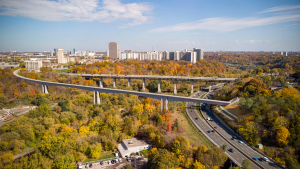
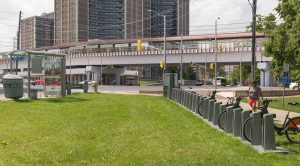
Recent Comments
comments for this post are closed